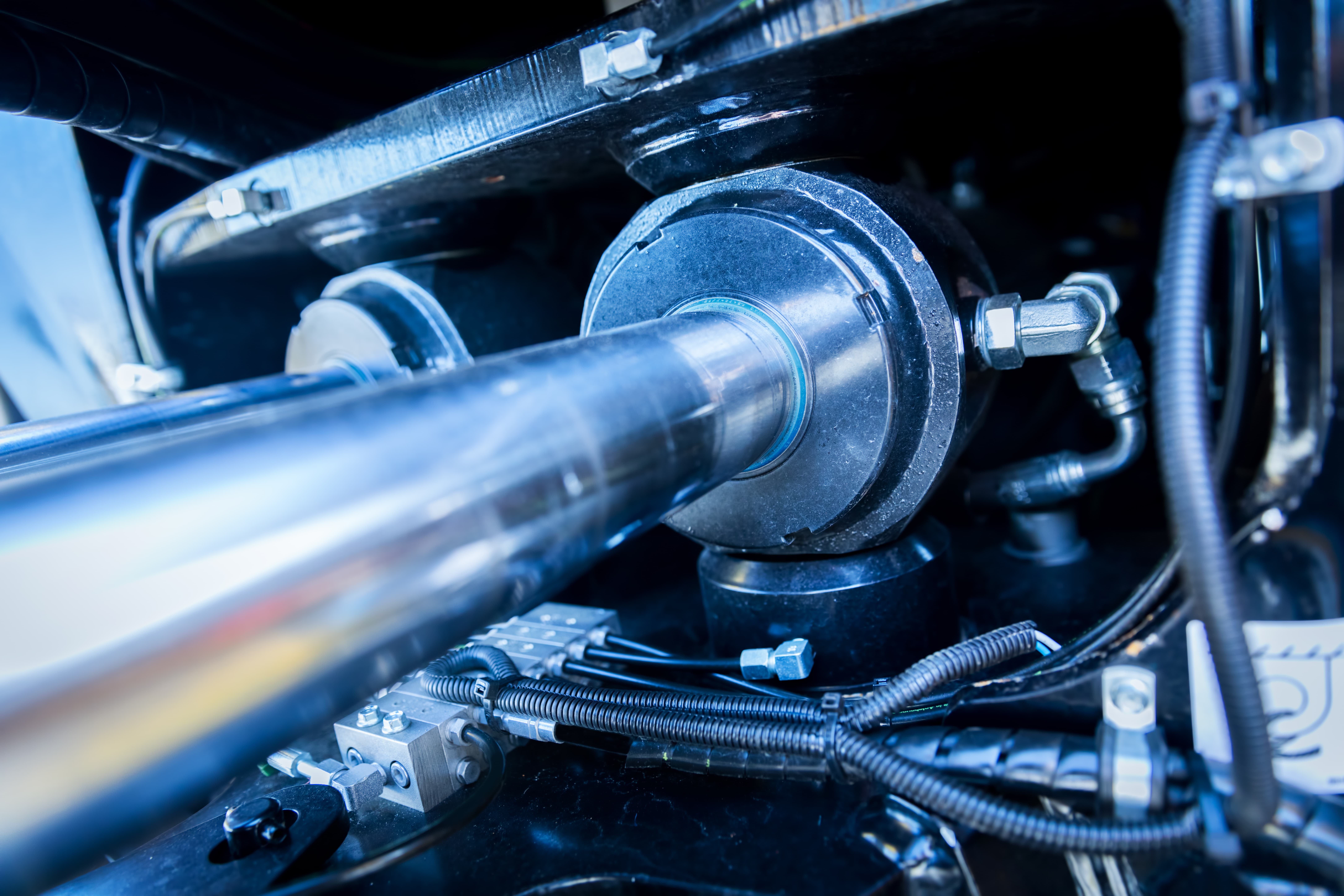Cable Systems stock flexible conduit systems for hazardous areas and for harsh & industrial environments – and broadly speaking, these are divided into three main types.
Metallic conduit systems
Flexible metallic conduit systems give you the strength of metal shielding, with the ease of installation and adaptable shape of a flexible conduit
They typically include a galvanised steel or stainless steel core, often with an outer coating of PVC or a similar material.
Other metals are sometimes used too, for example in the Kopex XP Flex Conduit, which is constructed of flexible bronze with brass fittings.
Non-metallic conduit systems
Where metallic conduits are not suitable, non-metallic conduit systems offer an alternative, avoiding any concerns that might arise due to conductivity, electromagnetic induction and so on.
Flexible non-metallic conduit systems are often used in installations where static charges must be avoided – and within this you will find a third specific type of flexible conduit system:
Anti-static conduit systems
Built to prevent the accumulation of static charge, anti-static conduit systems are typically made of nylon or similar and are suitable for hazardous areas particularly where there is an explosion risk.
Anti-static conduit systems can be certified for Zone 1, 2, 21 and 22 use, as well as in Ex e and Ex tb applications, and you’ll find them listed in our Hazardous Area Products section.





